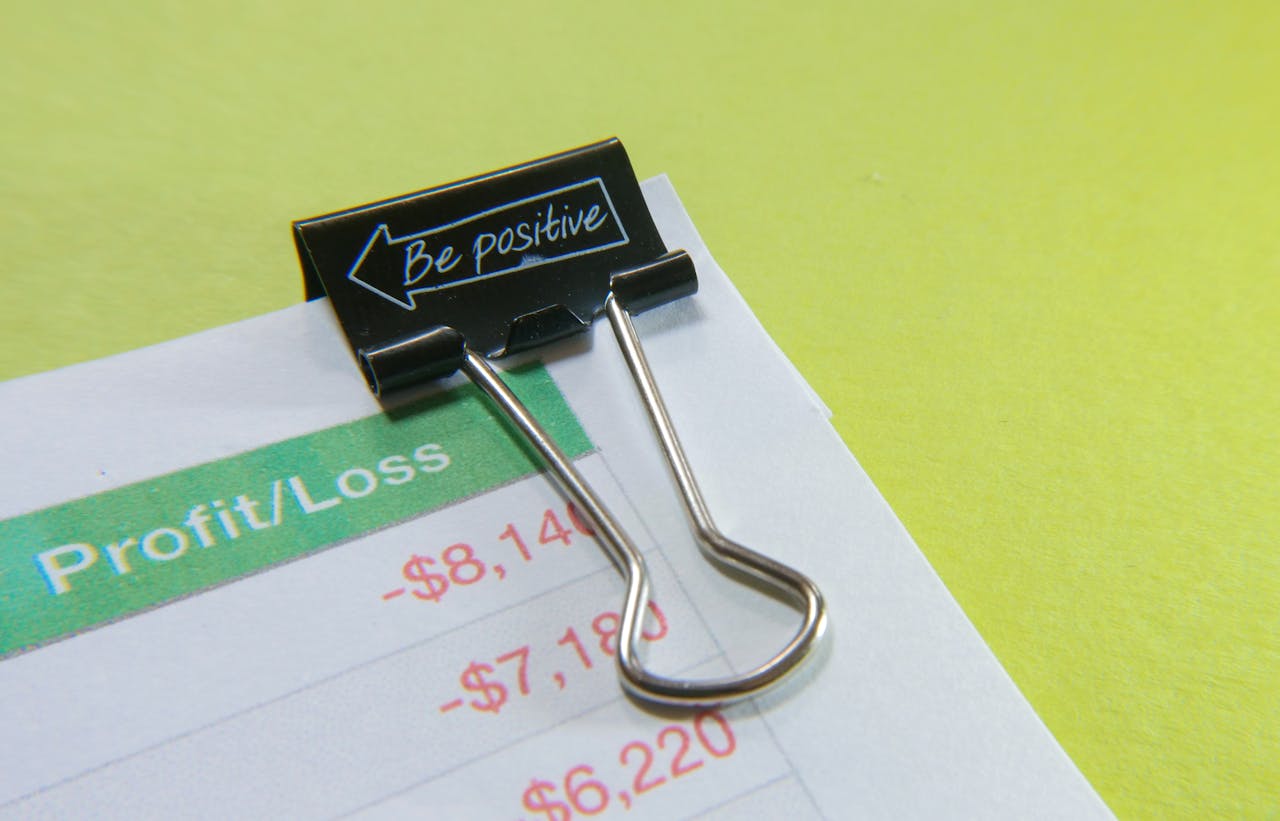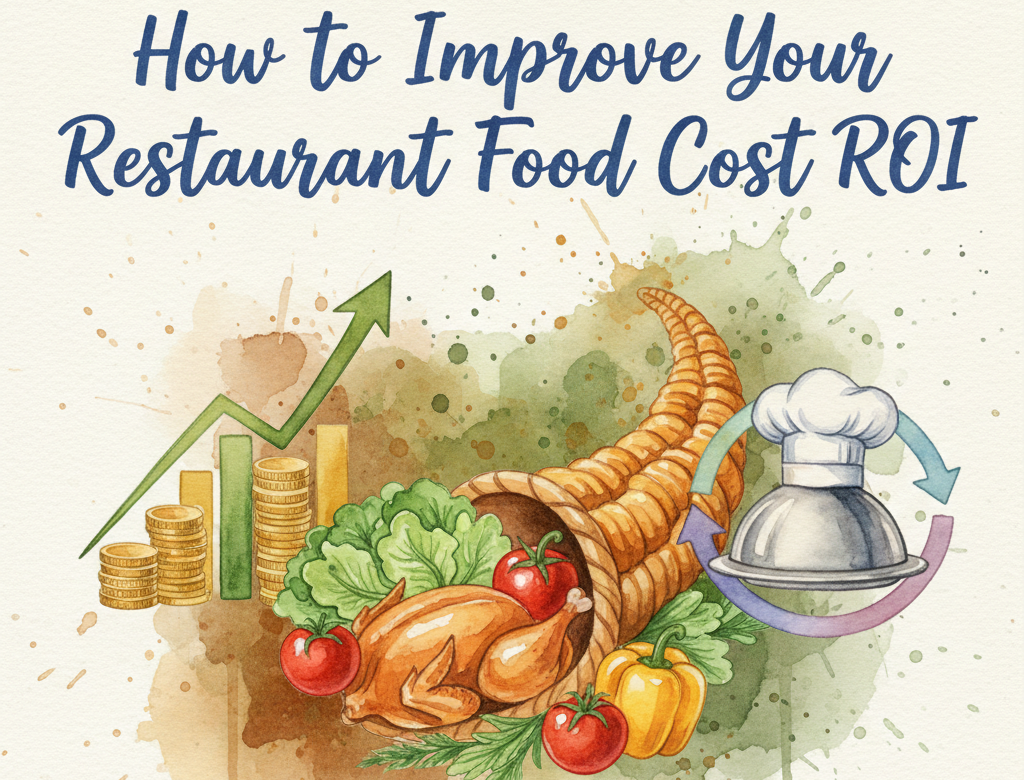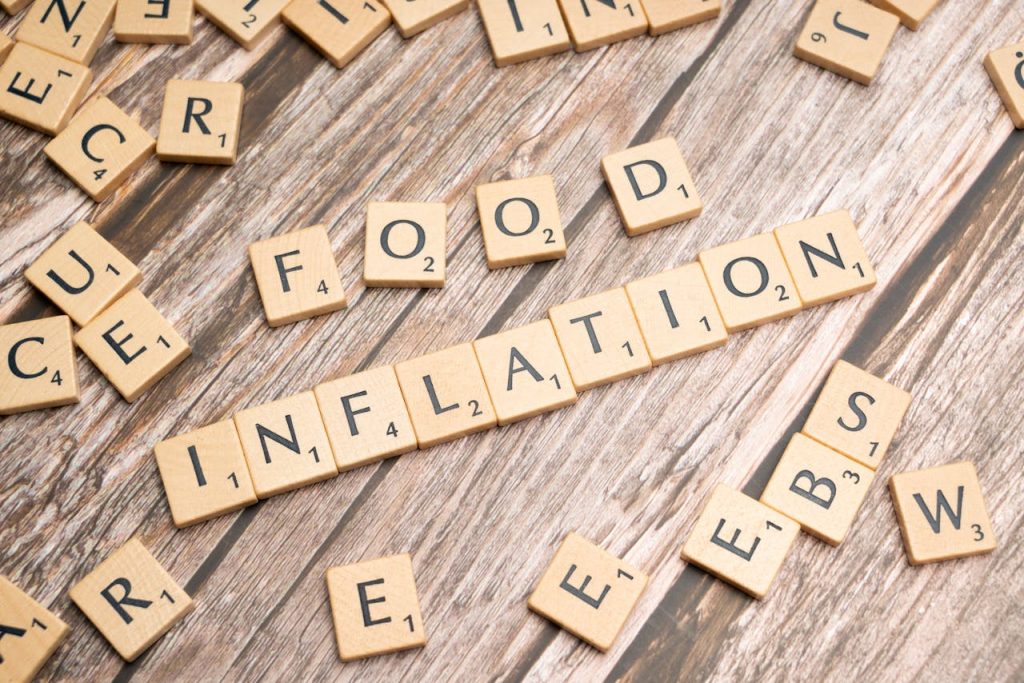Running a successful restaurant means keeping a close eye on your finances. One essential tool you need for this is a profit and loss statement sheet, often referred to as a P&L statement. Let’s break down what a P&L statement is, why it’s important, and how it can help you achieve restaurant profit.
What is a Profit and Loss Statement Sheet?
A profit and loss statement sheet is a financial document that shows your restaurant’s revenues, costs, and expenses during a specific period. This period could be a month, quarter, or year. The main goal of this statement is to show whether your restaurant is making a profit or a loss.
Key Components of a P&L Statement
- Revenue: This is all the money your restaurant earns from sales. It includes income from food, drinks, and any other services you provide.
- Cost of Goods Sold (COGS): These are the direct costs of producing the food and beverages you sell. It includes ingredients, kitchen supplies, and other materials.
- Gross Profit: This is your revenue minus COGS. It shows how much money you have left after paying for the ingredients.
- Operating Expenses: These are all the other costs of running your restaurant. They include rent, utilities, salaries, marketing, and maintenance.
- Net Profit: This is what’s left after subtracting all expenses from your gross profit. It shows the actual profit your restaurant made during the period.
Why is a P&L Statement Important for Your Restaurant?
Understanding and using a P&L statement can significantly impact your restaurant’s finance. Here are a few reasons why it’s important:
1. Tracking Financial Health
A P&L statement helps you see the financial health of your restaurant. By regularly reviewing it, you can understand where your money is going and how much profit you are making. This way, you can make informed decisions to improve your restaurant profit.
2. Identifying Profit and Loss Areas
With a P&L statement, you can easily identify areas where you are making a profit and areas where you are incurring losses. For instance, if your COGS is too high, you may need to negotiate better prices with your suppliers or find ways to reduce waste. Knowing these details can help you increase your restaurant p&l and overall profitability.
3. Budgeting and Planning
A P&L statement is an excellent tool for budgeting and planning. By analyzing past statements, you can forecast future revenues and expenses. This helps you set realistic financial goals and create a budget that ensures your restaurant operates smoothly.
4. Securing Financing
If you ever need a loan or want to attract investors, having a clear and accurate P&L statement is crucial. It shows lenders and investors that you understand your business and have a plan for profitability. This can increase your chances of securing the funds you need to grow your restaurant.
5. Comparing Performance
A P&L statement allows you to compare your restaurant’s performance over different periods. You can see how changes in your operations affect your bottom line. For example, you can compare this month’s profit to the same month last year to see if your new menu items or promotions are working.
6. Legal and Tax Purposes
Accurate financial records are essential for legal and tax purposes. A P&L statement helps ensure that you are reporting your income and expenses correctly. This can prevent legal issues and ensure you pay the right amount of taxes.
How to Create a P&L Statement?
Creating a P&L statement doesn’t have to be complicated. You can use accounting software designed for restaurants to make the process easier. Here are the basic steps:
- Record All Sales: Keep track of all your sales, including food, drinks, and other services.
- Calculate COGS: Add up all the costs associated with producing your menu items.
- Calculate Gross Profit: Subtract your COGS from your total sales.
- List Operating Expenses: Include all other expenses like rent, utilities, salaries, and marketing.
- Calculate Net Profit: Subtract your total expenses from your gross profit.
A profit and loss statement is more than just numbers on a sheet. It’s a powerful tool that can help you understand your restaurant’s financial health, make informed decisions, and drive profitability. By regularly reviewing and analyzing your P&L statement, you can ensure your restaurant is on the path to success.
Remember, the average net profit for restaurants can vary, but with a clear understanding of your restaurant P&L, you can work towards improving your profit margins. Stay on top of your finances, and your restaurant will thrive.
If you have any questions about creating or understanding your P&L statement, don’t hesitate to seek advice from a financial expert. Here’s to your restaurant’s financial success!





